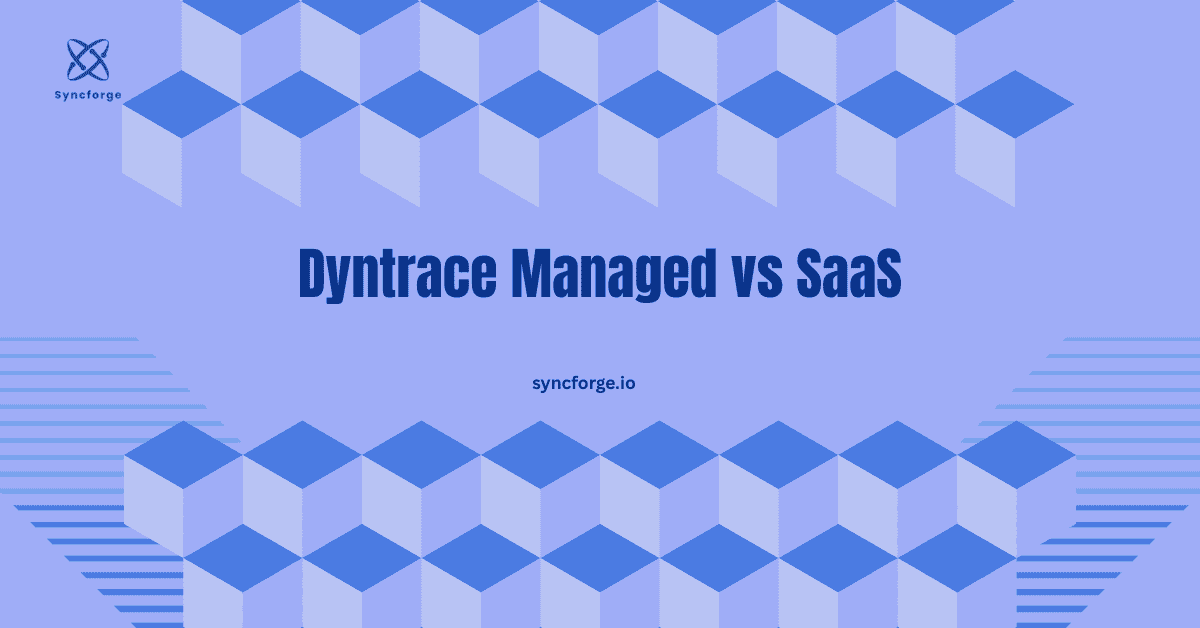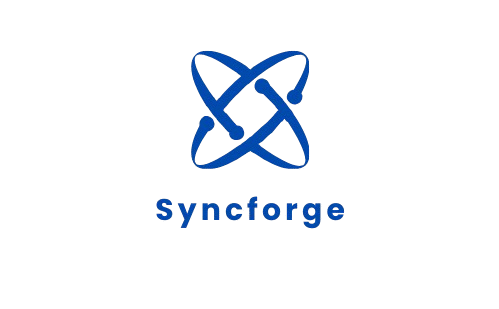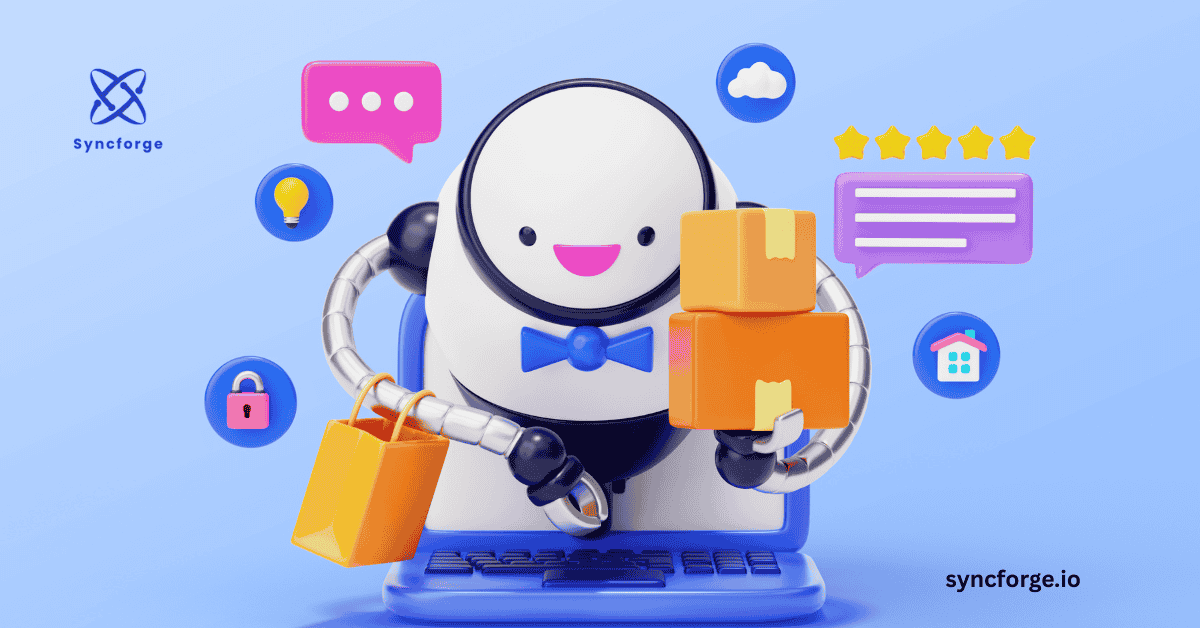Dynatrace Managed vs SaaS: Make The Best Choice For Your Business

Dynatrace Managed vs SaaS: Two observability Titans
In terms of observability and performance monitoring, choosing between Dynatrace Managed and Dynatrace SaaS is like a golden crossroads because both have unique and superior qualities. You struggle to decide, not because of a dangerous outcome, but because of giving up on a good one.
Both are top-tier, but your choice should depend on your needs. Before committing to any of them, you should put all the two and two together of your requirement, whether you are looking for speed, scalability, and effortless management, or you desire control, customisation, and data sovereignty to abide by regulatory standards.
In this blog, we will help you make the best choice Dynatrace Managed Vs SaaS for your startups and enterprise-level companies by breaking down the gifts, flaws, and core disparities between Dynatrace Managed and Dynatrace SaaS. Let’s jump in.
What is Dynatrace?
Before exploring the key differences, first, you need to know what Dynatrace actually is:
Dynatrace is a digital radar whose unified observability platform is backed by AI-driven automation (Davis AI). It instantly monitors your applications, infrastructures, and user experiences. Tracking metrics, logs, traces, and user data foresees performance issues and not only detects them but fixes them before they affect your end-users.
Whether you are a SaaS business, a DevOps team, or an enterprise of IT operations, Dynatrace will proactively detect your issues, optimise customer experience, and keep the systems running smoothly like a newly lubricated machine. Traditional practices are not sufficient and reliable in this digital landscape, and businesses are shifting towards digital transformations. Your company also needs digital transformation; take the necessary steps.
Dynatrace Managed vs SaaS: Head-to-Head Comparison
A neat and clean table clearly outlines the key differences between these two titans, so you can easily decide which meets your requirements.
| Feature | Dynatrace SaaS | Dynatrace Managed |
| Deployment | Hosted by Dynatrace Cloud | Installed on your infrastructure |
| Maintenance | Fully managed by Dynatrace | Self-managed by your IT team |
| Data Location | Stored in Dynatrace Cloud (global regions) | Stored locally (on-prem/private cloud) |
| Updates & Patches | Automatic updates | You control the update schedule |
| Compliance & Security | SOC2, ISO 27001, GDPR compliant | Customizable for strict regulations |
| Scalability | Instant, elastic scaling | Limited by local hardware |
| Customization | Limited (standardised) | Fully customizable |
| Best For | SaaS startups, cloud-first companies | Enterprises, regulated industries (finance, healthcare) |
Key players: Deployment Model
The key difference between these two is their deployment model. Dynatrace allows you to choose between how your Dynatrace is deployed:
Dynatrace SaaS is cloud-hosted, meaning it is hosted and managed by Dynatrace in SaaS. It is a game-changer for speed, simplicity, and automatic updates. However, Dynatrace managed is self-hosted, meaning it is hosted and operated by users on their own infrastructure or private cloud. It is ideal for companies that need data sovereignty or a compliance-specific environment. Users have complete control over the systems but must maintain them independently. This one meets your security requirements, but it brings some responsibility with it.
Is it really worth the responsibility? We’ll break it down in the coming sections.
Dynatrace SaaS as your companion:
It is the best friend of companies craving speed, flexibility, and ease of use, as it makes them worry-free by offering a hands-off approach. Dynatrace Cloud takes care of installation, updates, and maintenance, offering you a luxury sports car experience ready to go at a moment’s notice.
Let’s discuss the advantages of having Dynatrace SaaS:
- Zero Infrastructure Overhead eliminates the need to maintain and manage any backend infrastructure because users are not responsible for updates, installation, storage, or databases. It is attractive to users because it automates these processes and allows them to focus keenly on their business strategies without the frustration of manual upgrades and patches. It automatically scales according to the customer’s needs. Precisely, it shifts the entire management and maintenance to Dynatrace itself.
- Lightning-Fast Deployment: Dynatrace’s Automated OneAgent technology offers instant installation with minimal manual effort. It enables you to set it up in minutes instead of weeks because its single agent can be installed across hosts, containers, and virtual machines, from where it can run down all components of your application. You can speedily execute it, saying goodbye to lengthy installation processes.
- Always on edge: Its AI-driven systems automatically update and deliver the latest features without your IT teams’ intervention in scheduling or installing the latest updates. Davis AI engines identify coming problems by analysing data, suggesting actionable insights, and automated root cause analysis to address them effectively.
- Elastic Scalability: It offers automatic and web-scale scalability because it leverages an elastic grid architecture to handle massive and fluctuating data volumes without slowing down your application or system performance during peak demand. Similarly, it automatically reduces extra resources when there is not much traffic to reduce your expenses. It is a win-win situation for the users.
- Lower Cost of ownership: It never charges for heavy infrastructure, hardware, and maintenance. You only pay for what you use. Building your infrastructure from scratch and continuously spending on maintenance can overrun your budget and is not affordable for startups and small enterprises. It does not save your cost at the expense of quality; even with a reasonable price, it commits to exceptional, efficient, and user-satisfactory performance.
A Great Fit for:
It is a best fit for fast-paced cloud-based companies because it delivers instant automation and features in minimal time.
- Startups:
As startups’ budgets are limited, Dynatrace SaaS is ideal for them as it offers a low-maintenance, cost-effective solution.
- Digital Agencies:
Its flexible scalability and automation make it the best fit for digital agencies.
For example, A cloud-based startup running on AWS can boost its observability by easily integrating Dynatrace SaaS into its workflows.
Dynatrace Managed: The Control Master
The organisations that want to keep control in their hand and want to own every aspect of their observability should choose Dynatrace managed because it is designed for heavy-duty tasks and is known for compliance and customisation. It is usually desired by organisations that desire high privacy and security and want to store their data in their own private premises:
- Full Control:
Users are responsible for their data, storage, security, scaling, and environment sizing, as they have secured data in their private clouds. From installation to updates, everything is in their hands. Like owning a private house, you are the manager and owner of everything, and no one else can enter your privacy.
- Customizable security & Compliance:
As it offers complete control over data and configuration, industries requiring strict regulations, such as finance, healthcare, and government, enjoy extensive customisation of security and compliance due to the private cloud deployment model. The majority of the control is in the customers’ hands, and they themselves are the watchdogs of their data and can tailor it according to HIPAA, FedRAMP, and GDPR requirements.
- Offline capabilities:
Dynatrace Managed does not require an outgoing connection for data monitoring. It is ideal for companies that need offline monitoring, as it allows you to monitor your data and track your performance even if you are operating in a highly restricted network area, and offers you premium privacy. It benefits organisations like the military, healthcare, and government, which have confidential and sensitive data. This feature ensures that your monitoring systems are operational even with weak or no internet connections.
- Adaptable Infrastructure:
It offers flexibility in infrastructure deployment and allows you to choose a system, either on-premises or private cloud, that works best for your organisation. You decide how and where your data will be stored, ensuring security and customisation.
A Great Fit for:
Data-sensitive industries & Enterprise:
Dynatrace-managed SaaS is ideal for industries where data sovereignty and compliance are considered sacred and non-negotiable, such as financial institutions, healthcare, and government sectors. These industries have confidential data and must preserve and secure it without third-party intervention. With rising digital complexities and data breaches, regulatory frameworks like HIPAA and GDPR are getting tighter around these industries, so compliance is mandatory for them to avoid any legal vulnerability.
Comparing Data Security, Scalability & Cost:
Data Security:
Every business is concerned about data privacy as it affects its reputation and customers’ trust in the company. Moreover, regulatory frameworks further complicate the matter. So, data security has become a top priority of every industry, as no one wants to indulge in legal troubles.
Now, as we have completely understood both players, let’s compare them in terms of security:
- In Dynatrace SaaS, all data is stored in Dynatrace’s cloud. The cloud is responsible for your data security and abiding by regulatory standards such as SOC2, ISO 27001, and GDPR. You do not hold any responsibility for protecting your data; the cloud is accountable for this.
- Unlike Dynatrace SaaS, You have the responsibility to control and protect your data. in Dynatrace Managed, you are the controller of the entire data security infrastructure. You can customise your compliance to meet recognised standards and enforce internal encryption policies.
Both are highly secure; you decide the winner according to your business preferences.
Performance & Scalability:
As we know, Dynatrace SaaS offers elastic scalability by automatically scaling resources based on your demand. However, in the Dynatrace Method, performance scaling relies on in-house resources that you have allotted, which offer predictable performance for streamlining stable workloads.
For startups, Dynatrace SaaS is a winner due to its automated scaling, whereas established enterprises prefer the Dynatrace Method due to its reliability and predictable performance.
Cost-effectivity:
As we have discussed earlier, Dynatrace SaaS has a lower ownership cost as building and maintaining infrastructure expenses are eliminated in this model. However, the Dynatrace Manage is more expensive if you do not previously have private infrastructure. Dynatrace SaaS is affordable for startups and small businesses, and the Dynatrace Method is opted for by large and established enterprises.
Dynatrace Managed vs SaaS: Who drives the Future?
As the market evolves, its complexities and competition also become more intense. Ordinary solutions to extraordinary problems cannot push you forward in this fast-paced market. For this very reason, businesses have started integrating Dynatrace Managed and Dynatrace SaaS into their workflows because this hybrid observability model is doing magic for them. They both are good individually, but when paired, they become extraordinary. Just imagine the idea of having cloud speed with on-premise control. So here is the answer: the coming wave is neither of Dynatrace Managed nor of Dynatrace SaaS. The future is hybrid.
Conclusion:
Dynatrace is a declared leader in AI-powered observability, but you can only receive optimal results when you choose rightly between Dynatrace Managed vs SaaS. Firstly, list down your business requirements, and if speed, automation, and cost efficiency are topping the list, then SaaS is your go-to option. Conversely, suppose security and customization are your concerns. In that case, Method is the solution to your problem, and if you are confused between both, the hybrid model can turn the tables for you.
FAQs:
Which one is better, Dynatrace Managed vs SaaS?
Both are equally good, and choosing one depends on your company’s requirements.
Can I switch between these two models?
Yes, Dynatrace offers migration tools, and you can easily transition from one model to another.
Which version suits SaaS companies?
SS companies need speed and automation, so Dyntrce SaaS efficiently fulfils their needs.
Is my data secure in Dynatrace SaaS?
Your data is secure and encrypted as it abides by SOC2, GDPR, and ISO standards.
I am a Startup looking for efficiency. Which one should I choose?
Dynatrace SaaS is the best pick for your startup because it provides a budget-friendly, efficient, and speedy solution to beginner’s problems
CTA:
Level up your observability game today by making the right choice between Dynatrace Managed vs SaaS Keep exploring Syncforge.



